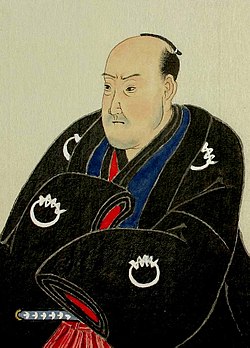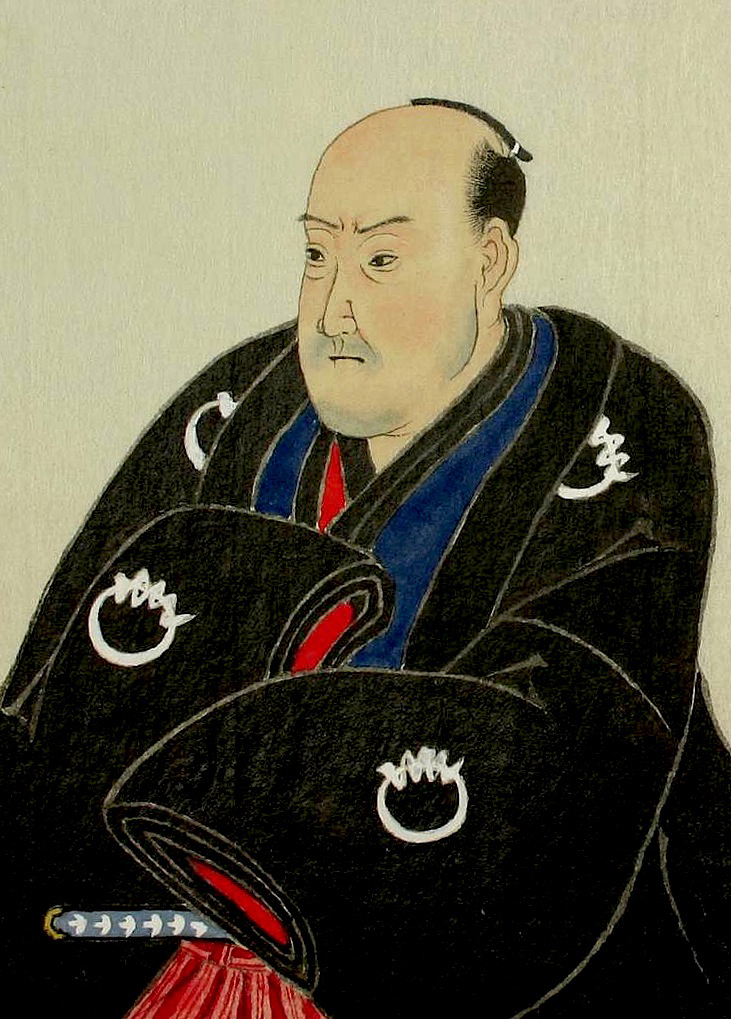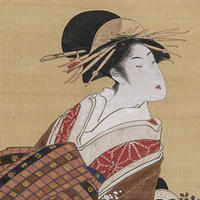More about Utagawa Toyokuni I
Works by Utagawa Toyokuni I

Contributor
A painter of the “Floating World” of eighteenth century and early nineteenth century Japan, Utagawa Toyokuni was a popular guy on that side of the art world.
And what is this “Floating World”, you may well ask? First of all, the Japanese word for this is ukiyo-e and it’s all about urban life and the pleasure associated with it. Which may explain the fact that guys like Toyokuni were busy painting stuff like yakusha (pictures of celebs/kabuki actors), shunga (sexy pictures, erotica and porn in the fine arts) and bijinga (pics of hot chicks).
One of his paintings, titled Courtesan with Attendant, best displays his ability to render fine babes. And some of that artistic prowess is even apparent in his earlier work. In his greener days, his paintings of actors are pretty realistic, compared to his other contemporaries, who liked to pick out a distinct feature of the actor and exaggerate it. Toyokuni kept it real.
Though some people weren’t huge fans of his style, he made some pretty significant contributions to art. Ever heard of diptychs, triptychs and polytychs? My man, Toyokuni, came up with these brand-new formats. This guy also ended up training a lot of future masters of the Ukiyo-e genre, whose woodblock prints would end up influencing artists like Edgar Degas, Mary Cassatt, Toulouse-Lautrec and Vincent van Gogh. These guys worked the "Japonisme" style into their paintings. That’s what we call the trickle down effect. One that works, anyhow.
Featured Content
Here is what Wikipedia says about Utagawa Toyokuni

Utagawa Toyokuni (歌川 豊国; 1769 – 24 February 1825), also often referred to as Toyokuni I, to distinguish him from the members of his school who took over his gō (art-name) after he died, was a great master of ukiyo-e, known in particular for his kabuki actor prints. He was the second head of the renowned Utagawa school of Japanese woodblock artists, and was the artist who elevated it to the position of great fame and power it occupied for the rest of the nineteenth century.
Check out the full Wikipedia article about Utagawa Toyokuni











